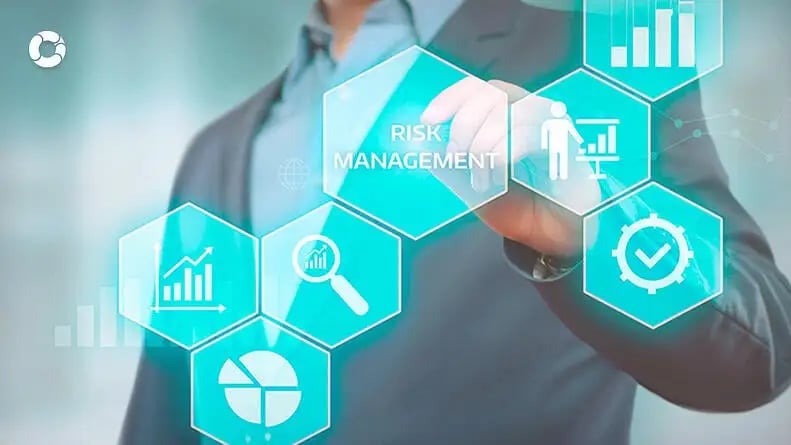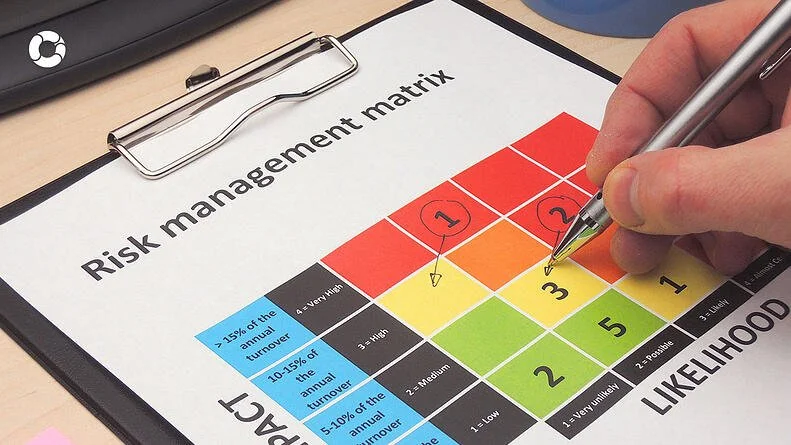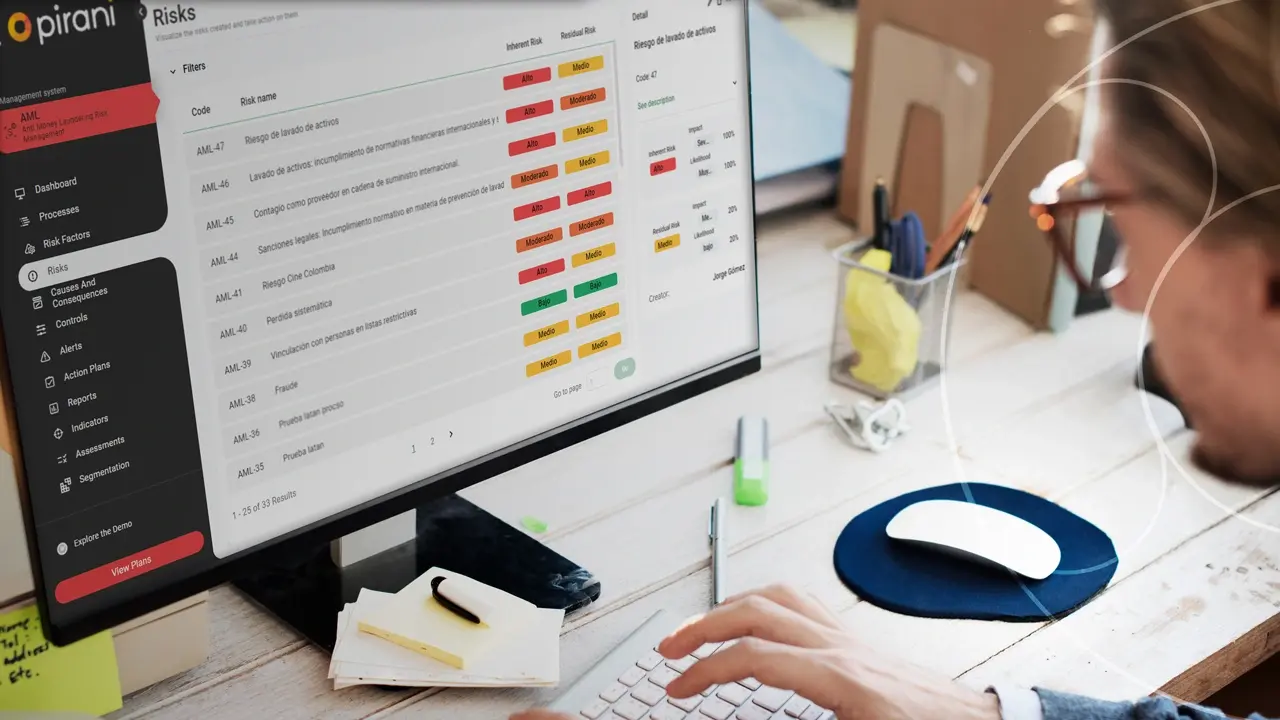Importance of risk management within companies

Having a risk management plan is something that most, if not all, organizations should have, since this is the way in which they protect themselves internally and externally.
But first of all it is important to define that risks are all those that can occur within the company, causing imbalance or imbalance in some of the processes that are carried out.
To avoid that this type of problems can alter the normal operation within the company, a risk management method must be structured to prevent them from occurring, and in case they do occur, it should not affect directly or bring greater consequences.
With Pirani you will be able to effectively manage the Corporate Governance processes because it allows you to identify, measure, control and monitor risks within a single platform and thus have a total traceability of what can happen or has already happened.
“Experience has helped us to confirm that effective risk management must be based on treatment and control, first preventive and then detective, so that we know at all times the level of control we have in the organizations and link decision making and strategies to the risk profile determined by the company", says Isabel Cáceres, Founder and President of Cáceres Actuarial and Risk Advisory.
Why is it important?
Previously, risk management was closely related to what happened directly with the financial system, however, with the passage of time this has changed and it has been understood that preventive control is essential in each of the processes of the companies, as this helps to anticipate situations that may arise in the future and in case it becomes so, there would be a plan that would help mitigate the damage that could occur.
On the other hand, it should be taken into account that management is not only based on identifying and assessing risks, but there must be a previous qualitative and quantitative study that is linked to the firm's goals.
"Risk management is the whole organization, it is culture, it is internal and external transparency and, above all, it is the ability of top management to transmit that culture to the whole company with appropriate decision making, based on an efficient cost-benefit analysis, linked to the strategic objectives of the organization itself," says Cáceres.
Stages for risk management
- Strategic context: determine the external and internal risk factors.
- Identification: identification of causes, risk, consequences and risk classification.
- Analysis: Qualification and evaluation of inherent risk.
- Assessment: identification and evaluation of controls; includes determination of residual risk.
- Management: determination, if necessary, of actions to strengthen controls.
- Follow-up: comprehensive risk assessment.
Source: Secretaría de Hábitat, Alcaldía Mayor de Bogotá.
It is also important to understand that risk management must be carried out jointly, here teamwork is fundamental, as this will speed up the processes and prevent the parties from stepping on each other's toes, generating more chaos than may exist. One of the methods that could work is to hold periodic meetings with the areas involved to share analysis and conclusions.
You May Also Like
These Related Stories

Risk Management Software: Why should companies use it?

Steps to develop an AML risk management matrix

Techniques to assess risk in your business

3 tips to identify risks

Phases that are implemented in Sarlaft


No Comments Yet
Let us know what you think